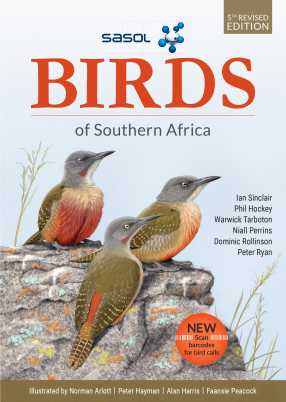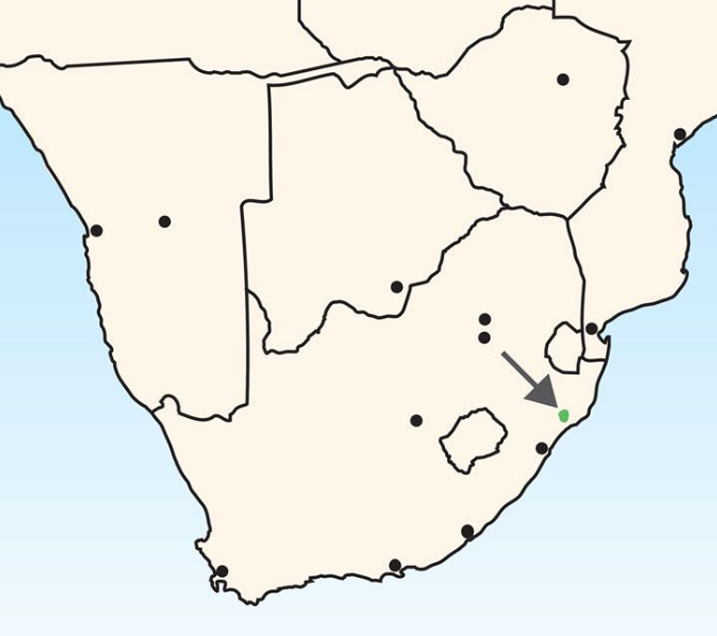Yes Wood 20 PU Gloss Varnish: Durable wood varnish
-
Yes Wood Polyurethane Gloss Varnish 20 is a high-quality, hard-wearing single pack gloss polyurethane modified alkyd varnish which has been specifically formulated to provide scratch and water-resistant qualities for use on interior and exterior natural wood surfaces.
-
Mar and abrasion resistant
Excellent resistance to heat, water, alcohol, food, fruit juices, grease and detergents
Excellent all-weather resistance and durability
Excellent grain filling properties
Lead content, less than 90 ppm
-
This product will cover approximately 10 - 14 m² / litre per coat depending on the type of substrate, surface porosity and application. Highly porous surfaces: 6 - 9 m² / litre per coat.�
-
Apply by brush or super fine roller. Apply one coat 50% diluted with mineral turpentine, allow to dry as directed under drying times. Sand first coat lightly as recommended. Dust off with a damp cloth. Apply 2 to 3 coats to achieve the desired finish.�
-
Clean all tools (brushes, rollers and spray equipment) while wet with mineral turpentine after use.�
-
1 L & 5 L
Colours
Paint colours displayed on screens are for reference only and may vary due to individual device settings, resolution and lighting conditions.
We recommend viewing physical colour samples for the most accurate representation.
Actual paint colours may appear differently when applied due to surface texture, lighting and surroundings.
Green Barbet
The Green Barbet has one of the most unique distribution patterns of any South African bird. It is restricted in southern Africa to a single locality, Ongoye Forest, just inland of the coastal town of Mtunzini in northern KwaZulu-Natal. The estimated population size in the forest is 200-300 pairs. The next closest representatives occur in Malawi some 1500 km away. Several other disjunct populations occur even further north in tropical Africa south of the Equator.
The Ongoye Forest birds belong to a distinctive subspecies characterized by pale yellow feathering on the face. They were first discovered by the enigmatic Woodward brothers in the late 1800s and this subspecies was named after them (woodwardi). Amazingly, another isolated population found on the Rondo Plateau just inland of coastal south-eastern Tanzania, and no less than about 2200 km north of Ongoye, share this facial feature and are classified as the same subspecies.
The Ongoye population is clearly a relic from a time when Africa was much warmer and wetter than it is now. Climatic modelling confirms that the Ongoye region is uniquely buffered against climatic extremes that would eliminate such forest types over much, if not all, of the rest of South Africa.
Like other members of its family, the Green Barbet is primarily a frugivore with a particular liking for figs. It is no surprise that Ongoye Forest has a uniquely high diversity and density of fig tree species compared with other South African forests. This provides a year-round supply of food for the birds and explains why they are absent from other local forests that lack this unparalleled richness.
No South African birder worth their salt has failed to make the pilgrimage to this remote and magical forested refuge to marvel at this stubborn avian survivor.
Bird illustrations are from Sasol Birds of Southern Africa published by Struik Nature. Illustrations © by Norman Arlott are used with kind permission of the Arlott family.
www.struiknature.co.za
Status and biology
Fairly common within its very restricted range, but easily overlooked if not calling.













